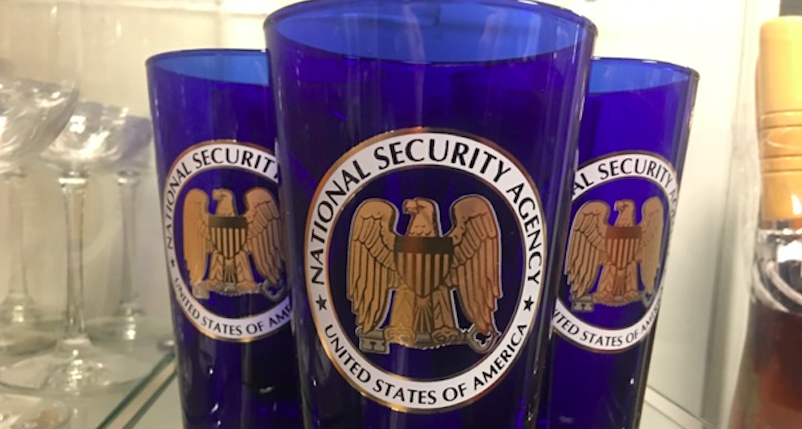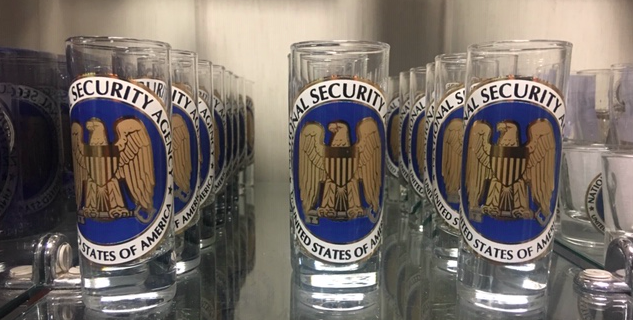
The gift shop at the National Cryptologic Museum in Annapolis Junction Maryland is open for business. Which is to say, life goes on, somewhat normally, at the National Security Agency, despite the partial government shutdown, now in its fifth week.
The museum is located halfway between Washington DC and Baltimore in a sea of parking lots right outside the gates of the headquarters of the NSA and the U.S. CyberCommand. NSA’s web site contains not a word about the shutdown but the the workforce at U.S. intelligence agencies has been “pared down significantly” according to one news report.
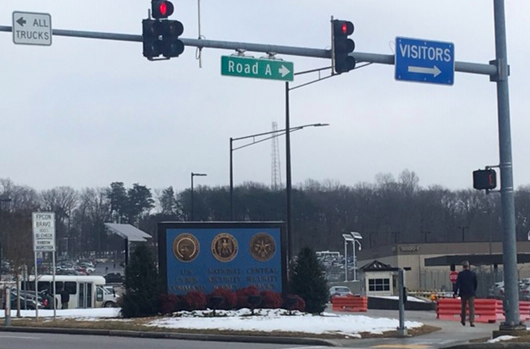
I drove up to the Museum this week to get a first hand glimpse of how the shutdown is affecting national security. I didn’t get close to NSA headquarters, but I can report that NSA’s analog memory bank–the Museum–is functioning normally.
The NSA’s museum has stayed open for regular hours (weekdays from 9 am to 4 pm) powered by a private foundation, volunteers, and a deep faith in NSA’s mission of encryption, decryption, and surveillance.
And the gift shop, I discover, is just the place to renew that faith. Here you will find not just $17 NSA tee-shirts, $13 NSA baseball caps (red or blue depending on your politics), and $7 NSA coffee cups, but all the gear needed to survive the shutdown.
You can buy a $29 NSA diary in which to record (with a $46 NSA pen) your presumably encrypted thoughts about President Trump and Speaker Pelosi. There’s a $1.50 NSA golf ball to whack while you’re out of work, a $35 NSA hoodie to lounge in while not reading the email of suspected terrorists, and $12 NSA wine glasses to toast yourself when you finish a day of work for which you will not get paid for a long time. And you can get an $11 infant tee-shirt to clad your growing child who will someday learn about the shutdown of 2019 and ask, “How did our country lose its mind?”
Whatever you do during the shutdown, NSA wants to do it with you.
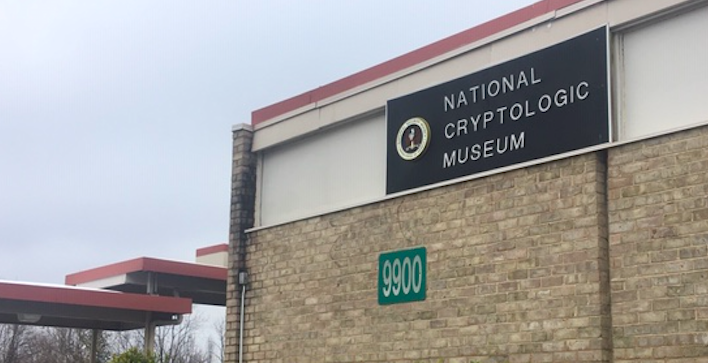
Crash Course
I came because the museum offers a refresher course in the astonishing story of NSA. In historical perspective, it is incredible.
Seventy years ago, the U.S. Army had a code breaking office, housed in one building in Arlington Virginia, which had the mission of intercepting and decoding the communications of America’s enemies.
That modest enterprise, known as Arlington Hall, grew to become NSA, a $10 billion a year bureaucracy that, among many other duties, collects metadata on tens of millions of people, including Americans, 99.9 percent of whom are not enemies of this country.
Like any museum, the National Cryptologic Museum is intended to foster a certain kind of public memory. The exhibits (and the gift shop) are designed to assure you and me and other tourists that NSA is a benign and protective force in our lives–and maybe it is.
One side of the entrance hall is lined with a wall dedicated to women of the NSA. It faces a wall devoted to leading African-Americans at the agency. Message: Diversity is part of national security.
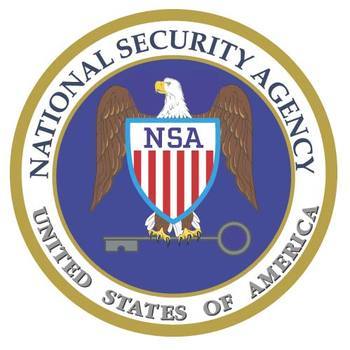
The Memorial Hall honors NSA personnel who have died in recent wars. As I was reading about the fallen, I read on my phone that Shannon Kent, a Navy cryptologic officer, had been killed in a suicide bombing in Syria. Message: NSA will give their lives to make you safer.
One exhibit recalls Israel’s unprovoked attack on the USS Liberty, an NSA observation ship, during the Six Day War of June 1967. Thirty four sailors were killed, including 25 NSA employees in the attack, which has never been explained. Message: NSA is not immune to attack from America’s friends.
The rest of the museum tells the story of the growth in America’s cryptological capabilities from the Revolutionary War to (almost) the present.
Code breakers helped George Washington win at Yorktown in 1783. Codebreakers helped the US. Navy prevail over the Japanese in the Battle of Midway in 1942. Code breakers employed 400 Navajo Indians to encrypt messages in World War II. Subliminal message: NSA was born in greatness of white men but the worthy native peoples helped us.
The closer you get to the present the less inspiring the Museum becomes. Other than tributes to the fallen, there aren’t many compelling exhibits about NSA’s exploits in Afghanistan or Iraq.
The NSA is the central nervous system of the U.S. global military empire. While its technical capabilities are awesome, the real world results–endless, undeclared and unsuccessful wars –are uninspiring, when they are not (as in Yemen) disgraceful.
Defenders of NSA claim it has prevented countless specific planned terror attacks but I found no supporting information at the Museum. The video about NSA is refreshing candid about the controversies surrounding the surveillance giant.
There’s little in the Museum about the terror attacks of September 11 or the Patriot Act, which authorized vast expansion NSA surveillance capabilities in 2001. There’s nothing on Edward Snowden, who attended Anne Arundel Community College, just seven miles away, nearby before going to become an NSA contractor and then whistleblower.
After a 90 minute visit, the museum left me feeling better about NSA’s past than its present or future, when it presumably won’t be shut down and will continue to all the things it does.
In the Ear Hole
After imbibing so much history, the gift shop seems designed to soothe my unease. It told me in a dozen different ways that “national security” is a brand I can trust in every aspect of my life.
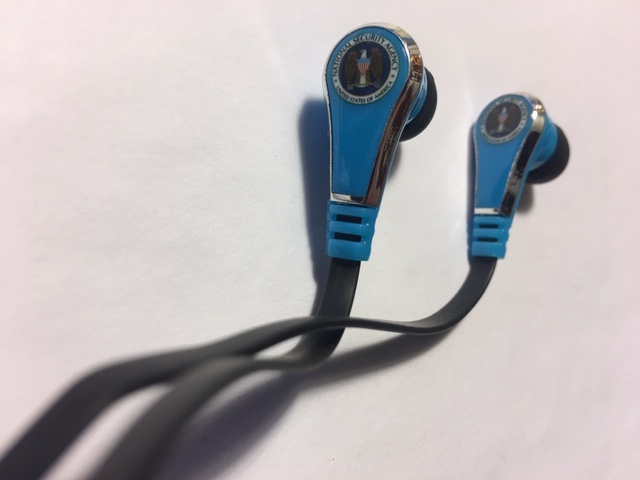
I don’t want to believe it but such is the seductive power of NSA propaganda that I could not resist fondling a pair of NSA earbuds. I realized they might be engineered to download the contents of my phone (or brain) straight to a nearby server. Nonetheless, I bought them for $11.


